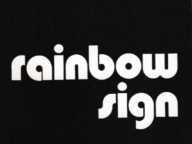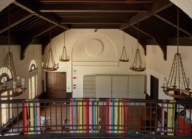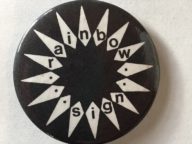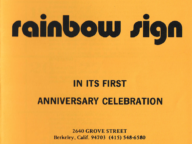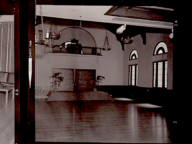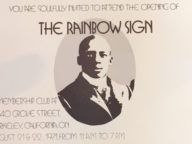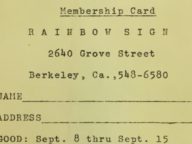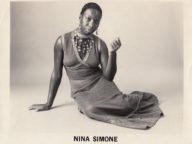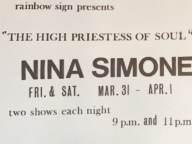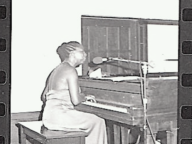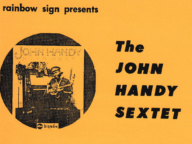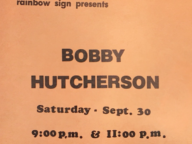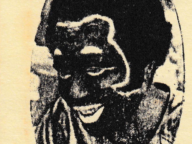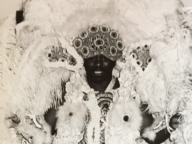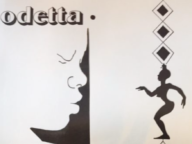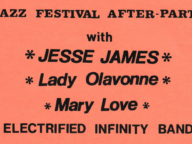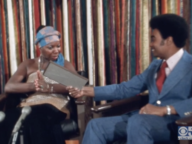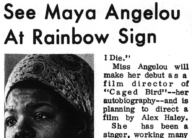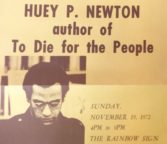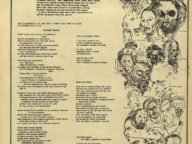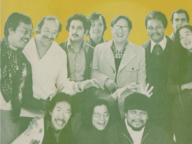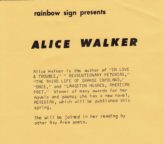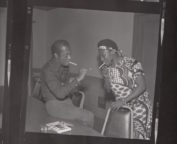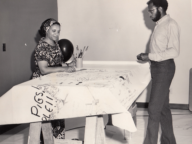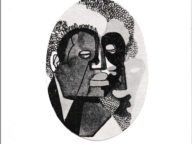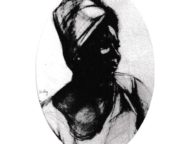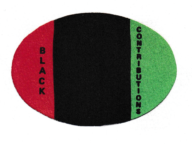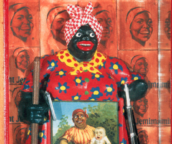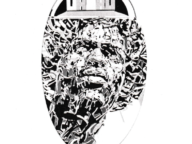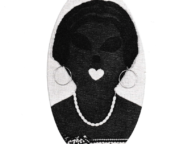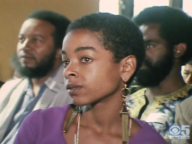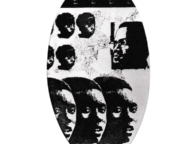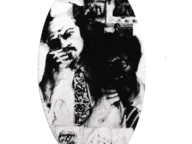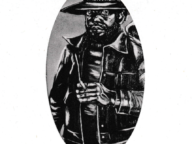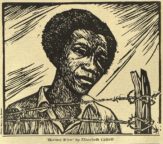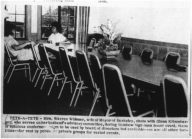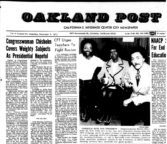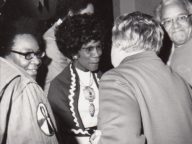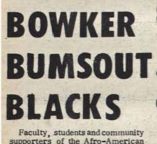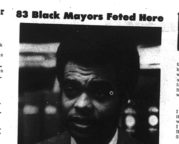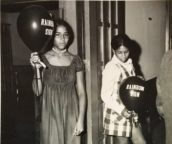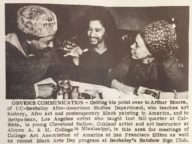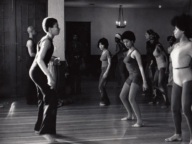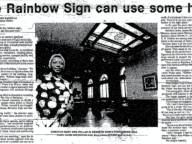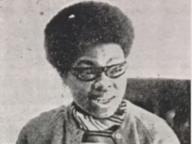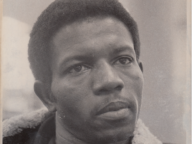The above video includes footage—some aired, some not aired—from a report on Rainbow Sign’s art program and the opening of its Elizabeth Catlett exhibition in September 1972.
Below is the transcript of the video, which includes footage of artist Elizabeth Catlett and artist-curator Evangeline (EJ) Montgomery.
***
Voice of anchorperson (Ed Arnow):
Rainbow Sign is a unique club in Berkeley which is geared to the role of the Black in American Cultural Society. It was here that the all-day program on Black Art was held. There were workshops on prison art, art-soul-folk, children’s art, murals, philosophy and perspective. One of the key people on today’s program was the internationally famous black artist and sculptress, Elizabeth Catlett.
Catlett:
Artists generally project themselves toward galleries and buyers, or collectors, but I want to talk about the relationship of the artist to the community. Especially the Black artist to the Black community.
Arnow:
Why is this such a special situation?
Catlett:
Because young Black intellectuals are more interested now in directing themselves to the community than to America in general, might say.
Voice of Arnow:
Elizabeth Catlett’s lithographs and sculpture was on exhibit at Rainbow Sign in a showing that will run through the end of next month. Her lithograph, “Malcolm X Speaks for Us” won a national award in Mexico City in 1969, she has had major showings in Moscow, Paris, Prague, Peking, Belgrade, Tokyo and Montreal.
Art consultant E.J. Montgomery thinks a program of this kind has been long overdue.
Montgomery:
We are hoping to involve the total community in the Black visual arts and the Black media, what’s going on, informing them of past history of the black artist in the United States and the world, also giving them some direction in which to take, what direction the artists are working in, are they working social themes, abstract art, what is the meaning of all of this to a Black artist in the world today.
Arnow:
Is Black Art really any different than any other kind of art?
Montgomery:
Uh—yes. Because it relates directly to the Black experience, wherever it is, here in America or anywhere else in the world, the themes vary according to the parts of the world in which they live and the things which they as an individual are involved in, but as a Black person in the world today they have their own unique experiences and that, we feel, they are trying to relate in their art in some way.
Arnow:
Black Arts Day was scheduled at this time to coincide with the first anniversary of Rainbow Sign. This is a unique club oriented toward Black achievement and Black heritage with the accent on music and the arts. Ed Arnow for Eyewitness News, in Berkeley.
